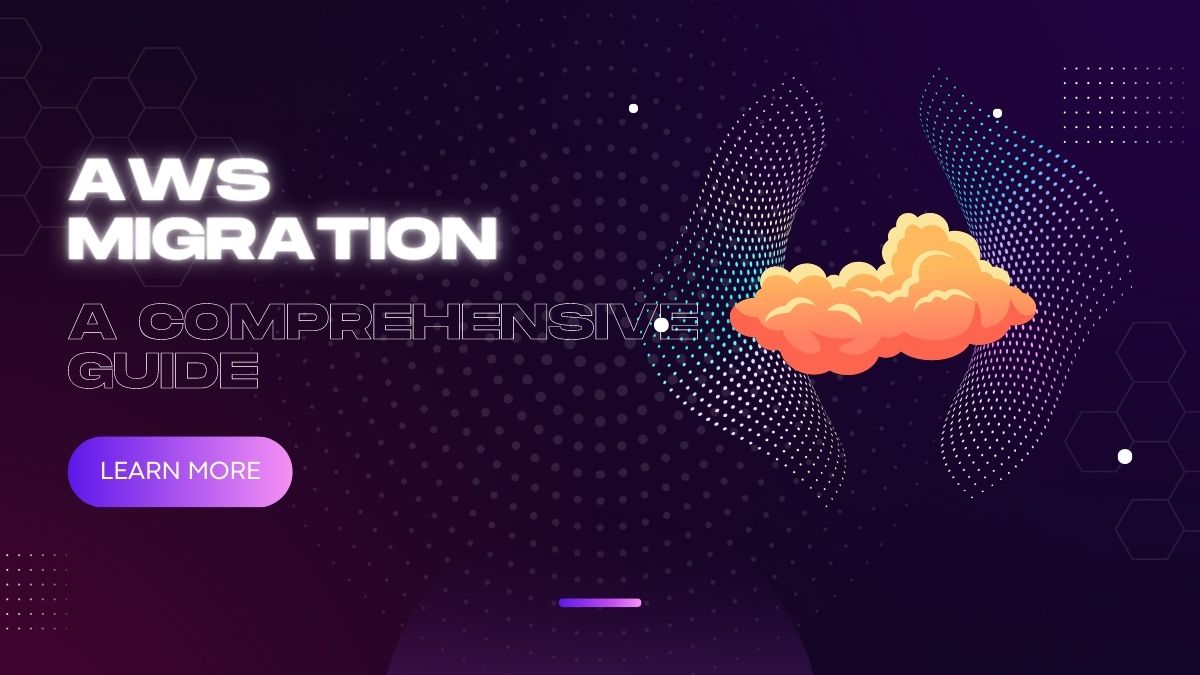Table of Contents
Introduction: The Future is in the Cloud, Are You?
Embarking on an AWS Migration is not merely a technical decision but a strategic move that can catapult your business into a new realm of growth and innovation. In this comprehensive guide, we’ll dive deep into every critical aspect of AWS Migration, from initial planning to final optimization. Set your enterprise on a fast track to unparalleled expansion with this step-by-step AWS Migration blueprint.
But what if the idea of migration feels overwhelming? Worry not. This comprehensive manual aims to guide you seamlessly through your transition to AWS, putting your enterprise on a fast track to unprecedented expansion.
Read on, or contact us if you have more personalized questions.
Part I: Pre-AWS Migration Considerations
Evaluating Your On-Premise Landscape
The Complete Audit
No migration can be successful without a comprehensive understanding of the current landscape. You need to document your existing hardware, software, and network configurations. This will provide a framework for deciding which AWS services will fit your needs like a glove.
Skillset Evaluation
To seamlessly transition to AWS, your team should possess a certain skill set. Assess what you have and what you need. Should there be a gap, AWS offers extensive training resources.
Business Objectives and KPIs
Understanding your Key Performance Indicators (KPIs) will help you align your cloud migration strategy with broader business goals. Whether it’s scalability, latency, or ROI, these metrics will serve as your north star during the migration process.
Part II: Planning The Migration
Choosing The Right AWS Services
Service Matching
AWS boasts a vast selection of services for computing, data storage, analytics, and more. Using your audit as a reference, you can choose services like Amazon EC2 for computing, Amazon S3 for storage, and Amazon RDS for database management. Here’s a comprehensive list to help you choose the right AWS services for your needs.
Cost Analysis
Your move to the cloud should be cost-effective. AWS offers a Cost Calculator to help you understand your spending better.
Migration Roadmap
Phased Transition
Divide your migration into smaller, more manageable phases. This allows for easier troubleshooting and reduces business interruption risks.
Assemble Your Team
Form a team of experts, including cloud architects, systems administrators, and data engineers, to steer the migration process.
Part III: Execution and Fine-Tuning
Trial Runs and Shadow Testing
Mock Migrations
Before you execute the real migration, do a test run. AWS provides testing environments for this purpose.
Refinement
Use the test results to fine-tune your migration strategy. This iterative approach can save you from unforeseen complications during the actual migration.
Actual Migration and Post-Execution Checks
Migration Day
Now is the time to execute your well-rehearsed migration plan. Follow your roadmap and make sure to tick off each milestone as you complete it.
Post-Execution Audit
Once your resources are on AWS, perform an audit to make sure everything is as it should be. Ensure that all data was transferred correctly and that all systems are functioning optimally. If any issues arise, AWS offers 24/7 customer support.
Part IV: Post-Migration Optimization
Monitoring and Feedback Loops
Performance Monitoring
AWS offers native tools like AWS CloudWatch for real-time monitoring, which can be crucial for spotting performance bottlenecks or security issues.
Optimization
Regularly analyze the collected data and feedback to tweak and optimize your AWS services.
Scaling and Future Expansion
Auto-Scaling
AWS Auto Scaling adjusts the number of server instances in use based on the demand, ensuring that you only use (and pay for) what you need.
AWS Managed Services
Services like Amazon RDS and Amazon DynamoDB reduce the need for manual tasks, saving time, and effort.
Conclusion and Next Steps
Migration to AWS is not just an IT strategy; it’s a business enabler. It’s a complex journey, but with the right planning and execution, it becomes significantly less daunting. You’re not just migrating to the cloud; you’re upgrading to a future where your business can scale effortlessly and innovate rapidly.
Ready for a consult? Contact us for personalized advice tailored to your business needs. AWS also provides a Migration Hub full of resources to assist you further.


